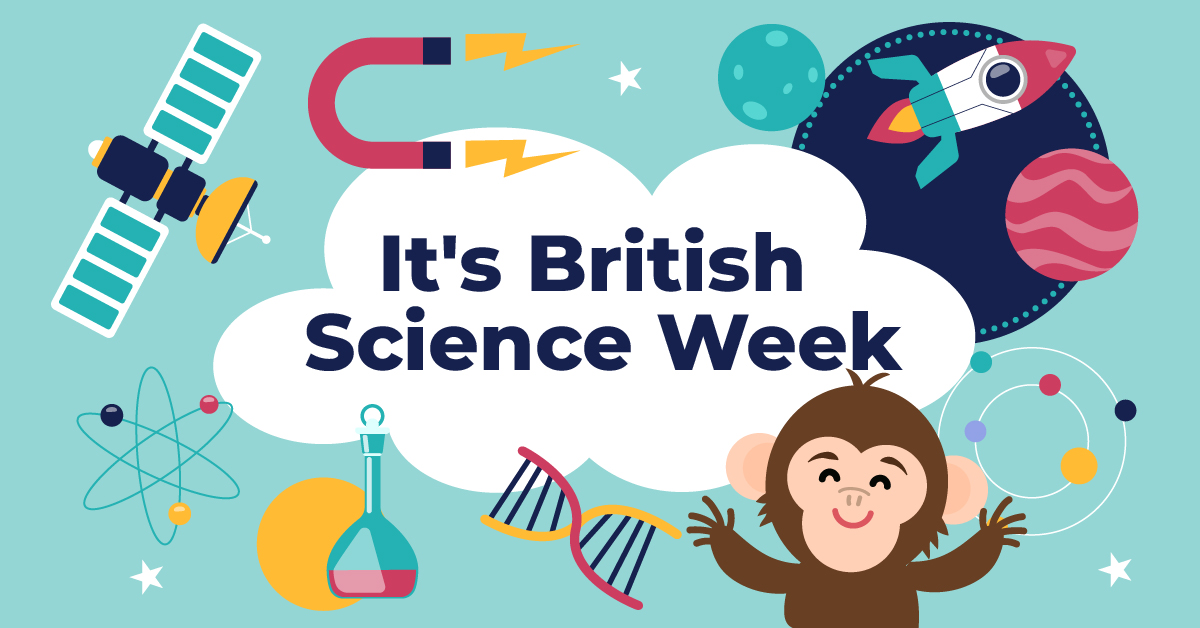
Although we might not see it, science exists everywhere within every object! Objects rely on each other for different things. For instance, without your eyes, you would not be able to see the words on this webpage. Appreciating and learning science can alter the way a child views a thing forever! This year’s theme of British Science Week is ‘connections,’ as a parent, you can help release your child’s inner Einstein with these brilliant and easy experiments you can do at home!
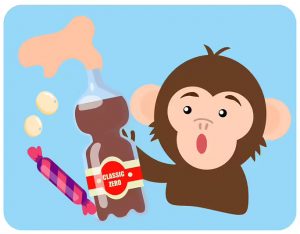
The Mentos Geyser
Instructions:
All you need is a 2L bottle of diet coke and a packet of mentos for this experiment. Open the mentos packet and then undo the diet coke lid. Once done, drop between 2 – 7 mentos quickly inside the bottle and RUN! Look back and see a humongous diet coke geyser shoot up in the air. Ensure the experiment is outside, otherwise, diet coke will explode all over your kitchen.
How does it work?
The small holes on Mentos candy are ideal places for carbon dioxide bubbles to form. When Mentos are dropped into a fizzy drink, bubbles stick to the candy’s surface and quickly move up to the top of it. Since Mentos sink to the bottom of the fizzy drink’s bottle, the gas produced by the Mentos forces the liquid out of the bottle, creating a remarkable explosion.
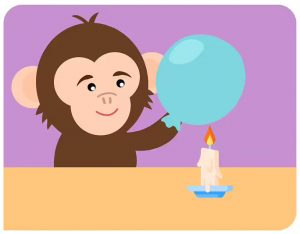
Make a Balloon Flameproof
Instructions:
Gather two balloons, a small candle, a match or lighter, and a small bowl of water. Blow up one of the balloons and tie the knot at the end. Light the candle or supervise your child whilst they light it. Place a few ounces of cold water onto the second balloon. Blow up the second balloon and tie the knot at the end. Slowly lower the balloon toward the open flame and see if it burns!
How does it work?
Any water placed on the balloon does not just go over the surface; it will go inside the balloon. When exposed to the flame, the water within and outside the balloon will absorb heat, and the rubber won’t become hot. Since the rubber does not heat up, it will not weaken, so the balloon does not break.
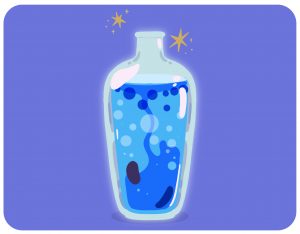
Personal Lava Lamp
Find a clean plastic bottle, water, vegetable oil, fizzing tablets (like paracetamol), a torch and food colouring. Pour water into the plastic bottle until it is ¼ full. Fill the rest with vegetable oil until it is nearly at the top; you will see the oil and water separate. Afterwards, add a few drops of food colouring and see the colour travel through the oil. Break one half of the fizzy tablet and drop your chosen half into the bottle, and bubble blobs will appear. Turn off the lights and drop the other tablet half. Turn on the torch through your lava lamp and watch the blobs bubble!
How does it work?
Since oil is lighter than water, it will float to the top of a body of water. Food colouring has the same density as water; it will sink through oil and mix. The tablet then dissolves and creates a gas called carbon dioxide. The carbon dioxide mix will float to the top and take some colour from the food colouring. It is because gas is lighter than water. When air escapes from the coloured water blobs, it becomes heavy and sinks again.
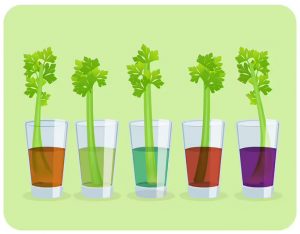
Celery Rainbows
All you need is some celery, glasses of water and food colouring. Make sure the food colouring’s colours match a rainbow. Go to the sunniest spot in your home or garden and fill each glass halfway with water. Place different food colouring into each glass. Carefully cut the celery stalks and place them in each glass. Wait for a few hours, and you will see the celery leaves change colour and have your own rainbow!
How does it work?
The inside of a celery’s stalk has two tiny thin tubes called Xylem and Phloem. Xylem carries water and food colouring up to the leaves. It is like a vessel and reflects how blood journeys through the body. Phloem can move sugars during photosynthesis around the plant.
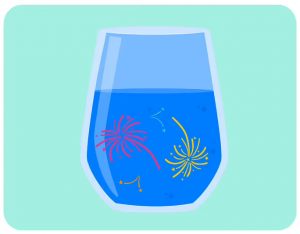
Fireworks in Water
Find a small and a tall glass, and then get some oil, a tablespoon, food colouring and a fork. Fill both glasses almost to the top with water. Pour two tablespoons of oil into the small glass of water and squeeze two drops of food colouring in it. Stir the mix with a fork until the food colouring breaks into smaller pieces. Afterwards, tip the oil mixture into the water and watch a fireworks display!
How does it work?
When added to water, food colouring dissolves easily, whereas it doesn’t dissolve in oil, making it go in different paths
Are there any other cool experiments we can do at home? Comment below or send a message to Mirodo’s Twitter account!
If you are a teacher, take a look at SATs Companion, our sister companies, blogpost with some amazing resources to use during British Science Week: https://satscompanion.com/five-fantastic-teaching-resources-british-science-week-2023/

